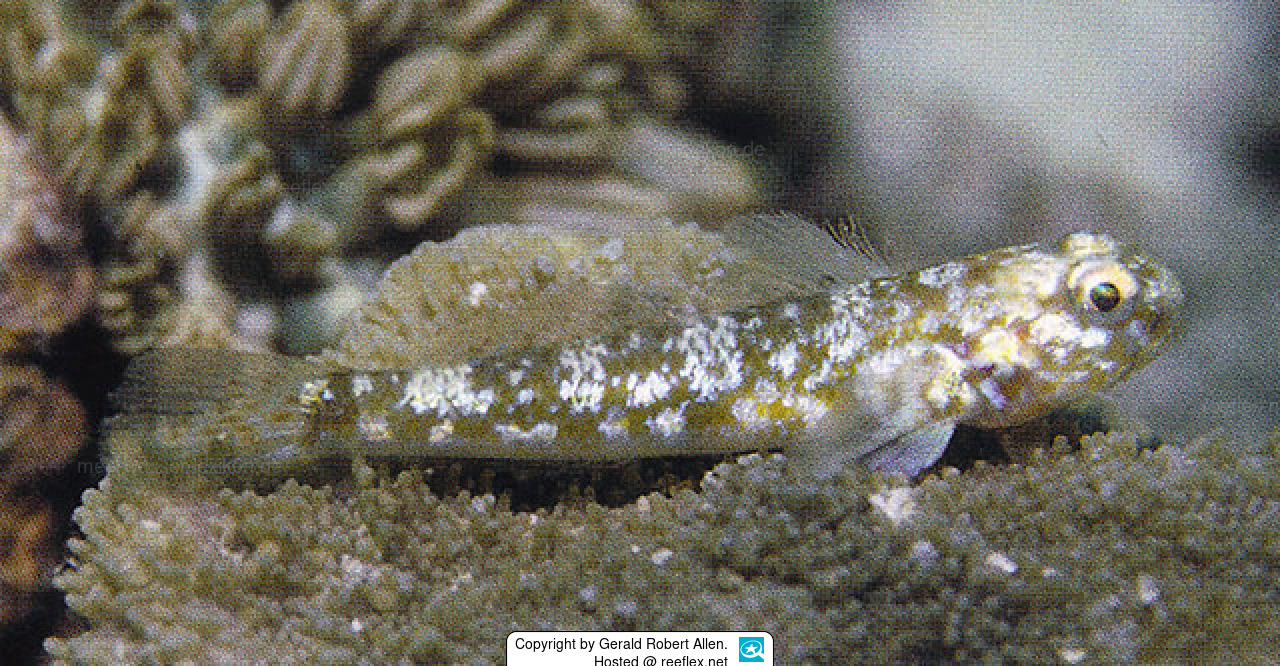Info
Bathygobius cocosensis is a common goby that is a brown spotted goby with five irregular, alternating light and dark spots or saddle spots along the back, 5-7 rectangular brown spots along the underside and white spots and dots on the cheek and gill cover.
Through scientific research, it has been determined that Bathygobius cocosensis has the ability to return to a specific location that it once occupied.
Etymology
The species is named after the type locality: Cocos Island in the Cocos (Keeling) Islands in the eastern Indian Ocean.
Synonyms:
Bathygobius fuscus pulcher Fowler, 1945 · unaccepted
Bathygobius versicolor (Fowler, 1945) · unaccepted
Chlamydes versicolor Fowler, 1945 · unaccepted
Gobius cocosensis Bleeker, 1854 · unaccepted
Gobius elmeri Herre, 1940 · unaccepted
Gobius homocyanus Vaillant & Sauvage, 1875 · unaccepted
Gobius sandvicensis Günther, 1880 · unaccepted
Rhinogobius corallinus Jordan & Seale, 1906 · unaccepte
Through scientific research, it has been determined that Bathygobius cocosensis has the ability to return to a specific location that it once occupied.
Etymology
The species is named after the type locality: Cocos Island in the Cocos (Keeling) Islands in the eastern Indian Ocean.
Synonyms:
Bathygobius fuscus pulcher Fowler, 1945 · unaccepted
Bathygobius versicolor (Fowler, 1945) · unaccepted
Chlamydes versicolor Fowler, 1945 · unaccepted
Gobius cocosensis Bleeker, 1854 · unaccepted
Gobius elmeri Herre, 1940 · unaccepted
Gobius homocyanus Vaillant & Sauvage, 1875 · unaccepted
Gobius sandvicensis Günther, 1880 · unaccepted
Rhinogobius corallinus Jordan & Seale, 1906 · unaccepte







 Dr. Gerald (Gerry) Robert Allen, Australien
Dr. Gerald (Gerry) Robert Allen, Australien










